
Developer: Nova-box
Publisher: Nova-box
Platform: Switch, PC
Tested on: Switch
Along the Edge – Review
Along the Edge is a visual novel game released on the Switch simultaneously with Seers Isle, a title we’ve looked at recently. Both novels come to us from developer Nova-box and although they’re cut from the same cloth when it comes to how their presentation, the stories themselves are vastly different. We quite enjoyed Seers Isle, so how does Along the Edge size up to its sister novel?
Story
As Along the Edge is a visual novel, we can’t really talk about the game’s story without giving away some minor spoilers, although we will try and refrain from revealing any big twists. Along the Edge tells the story of Daphné Delatour, a school teacher who leaves her old life behind to go live in her grandmother’s castle. Although set in a fictional town, it’s heavily implied that Along the Edge takes place in France, with almost every character having a French name.
There is a heavy air of intrigue as the village that is next to the castle is suspicious of both Daphné’s family, whom they believe to be witches and the rival family of the Malterres. The Malterres are a rich and influential family who provide job opportunities for the majority of the village’s inhabitants. There has been a feud between the Malterres and the Delatours for generations, and Daphné gets caught up in the situation when she runs into Stanislas Malterre. Along the Edge then unfolds a story that involves not just the two families, but also some seemingly supernatural events involving pagan rituals, mysterious dreams and an ancient tower that has no entrance.
Depending on the ending you get, it’s not really clear whether there is actual sorcery in play or if this is just superstition from the villagers fed by decades of rumors. The entirety of Along the Edge is told from the perspective of Daphné herself. Unlike sister game Seers Isle, which focuses on a group of characters rather than a single protagonist, we are treated to a look inside Daphné’s psyche. The game doesn’t shy away from traumatic events and heavy themes, including Daphné’s miscarriage. One thing that irked us was that Along the Edge tries to steer the reader into a certain direction, with several choices coming back.
We didn’t count how many times we had to reject former boyfriend Frank but the game clearly wanted Daphné to reconcile with him, given the number of opportunities to give him another chance. The end result is a story that is more focused than Seers Isle, but one that also drags at certain points. We were disappointed with the anticlimactic ending we got with our playthrough, but the game did little effort to entice us to revisit it and change our choices. This is handled better in Seers Isle, where we immediately started a second playthrough after the first. It’s not that Along the Edge is poorly written compared to the sister game, but the self-indulgent nature of the core story just doesn’t resonate as much compared to the event-driven narrative of Seers Isle.
Graphics
Daphné’s story is presented through still images accompanying the text. The illustrations are painted for the most part, and eschew detail, instead attempting to evoke emotions by using colors to paint the mood of the situation. As the game is mostly focused on Daphné, there is ample room for her recollection of certain events from the past. The illustrations for these situations take on a rough appearance, which mirrors that these are memories rather than current events. Meanwhile, the strange dreams Daphné has pop out through the colors chosen, giving them an otherworldly feel.
Most of the story takes place outside of Daphné’s dreams and memories, however, and although these still take on the appearance of paintings, they are more defined. Character designs are most detailed during dialogue. Here, characters are mostly shown side-by-side on a split-screen. Whenever a character isn’t talking, their appearance is slightly blurred. While your mileage may vary on the way this is handled, we weren’t a fan of this choice and we would’ve preferred to show both characters in focus during these scenes.
Sound
Along the Edge’s audio is defined by a very sparse soundscape. For the most part, the soundtrack consists of melancholic piano music reflecting Daphné’s thoughts and internal struggles. There are occasional environmental sounds at key points in the game, though these are rarely used. One thing we should point out is that certain parts of the story don’t feature any background music at all for lengthy periods of time. This creates awkward silences that may irk some players.
Gameplay
Just like sister game Seers Isle, Along the Edge is a visual novel with multiple endings. The ending you’ll receive depends on the sum of the choices you made along the way. Each choice corresponds to a symbol, which will light up at the top of the screen when you make a decision. The end of the game corresponds with the symbol associated with the majority of the choices you make. Additionally, there are smaller choices that will unlock achievements. You are able to look at the achievements you’ve unlocked from the game’s menu. Once you’ve unlocked every achievement, you’ll have completed Along the Edge.
The gameplay presented here is a carbon copy of that in Seers Isle, and we suspect other visual novels released by Nova-box are similar as well. Your interactions are limited to the choices you make, and there are no puzzles to solve, nor is there any way to “lose” the game. Just like in Seers Isle, Along the Edge allows you to fast-forward text, which is incredibly handy for secondary or tertiary playthroughs. Additionally, you can also call up a text log at the push of a button, which is handy if you accidentally skipped some dialogue.
The decisions you get to make are often overshadowed by the flow of the story, lessening their impact. Sometimes these don’t make sense either. At the beginning of the game, when Daphné decides to leave her current town in lieu of the castle, you get the choice to inform her ex, Frank. If you decide not to let him know, he’ll still show up at the castle later on in the game. We are led to believe that he traveled 300 miles across the country just to deliver Daphné a letter and that he subsequently decides to move into the village even after Daphné clearly tells him she does not appreciate his presence. This is in part due to the story requiring Frank’s presence for certain events to happen later on, but it feels like a contrived way for him to be there. Because everything is told from Daphné’s perspective, there is far less room to shift focus between characters compared to Seers Isle. With choices that seem to have a very minor impact on the flow of events and a setup that feels like it should have been a puzzle-driven adventure, Along the Edge misses its mark.
Conclusion
Through their choice-driven system, user-friendly features and achievements motivating you to revisit a story, Nova-box may well have perfected how a visual novel should be handled. Of course, the value of a visual novel is in its story. This is where Along the Edge fails to fully capitalize on its potential. It’s a decent effort but it is outshined by sister game Seers Isle in almost every way.
Along the Edge - Review,
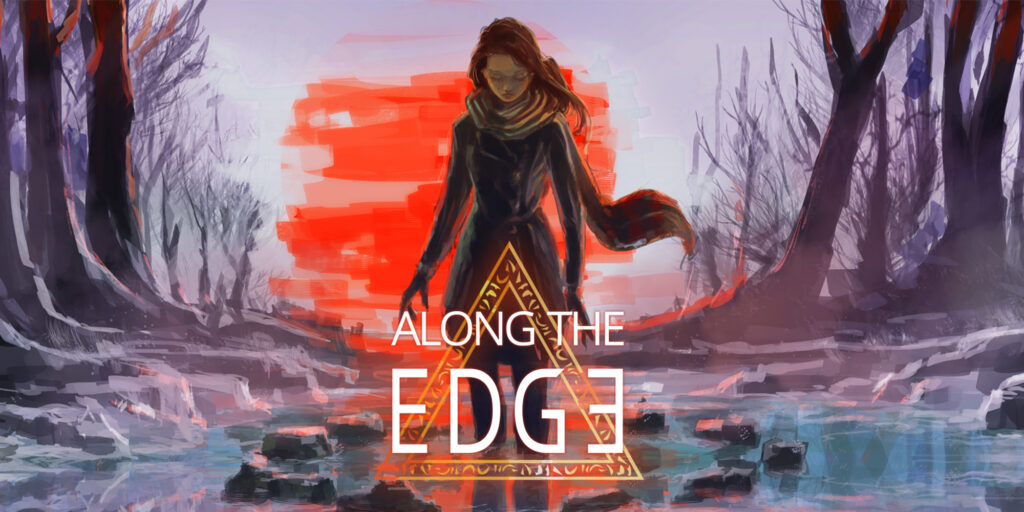

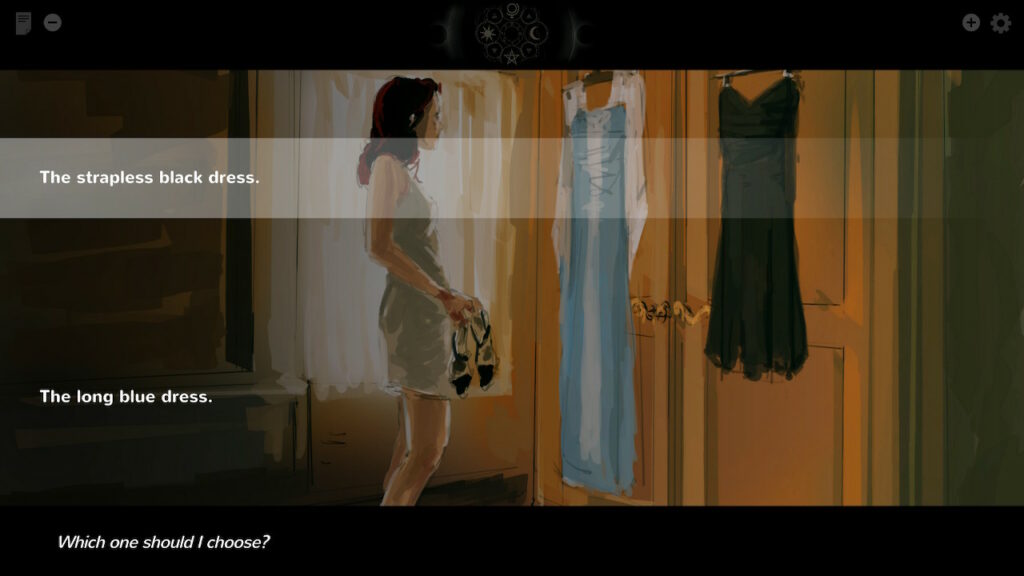
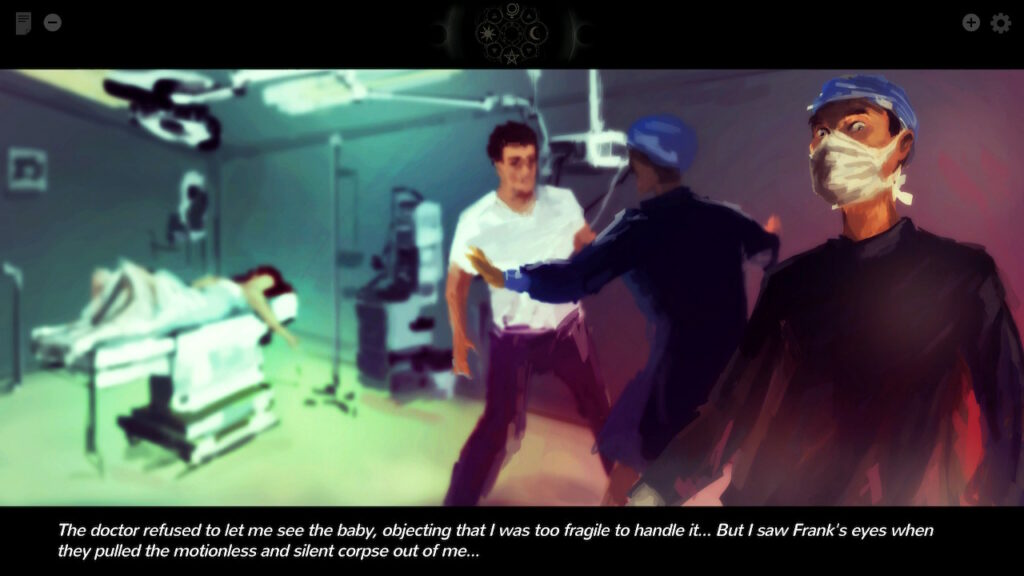
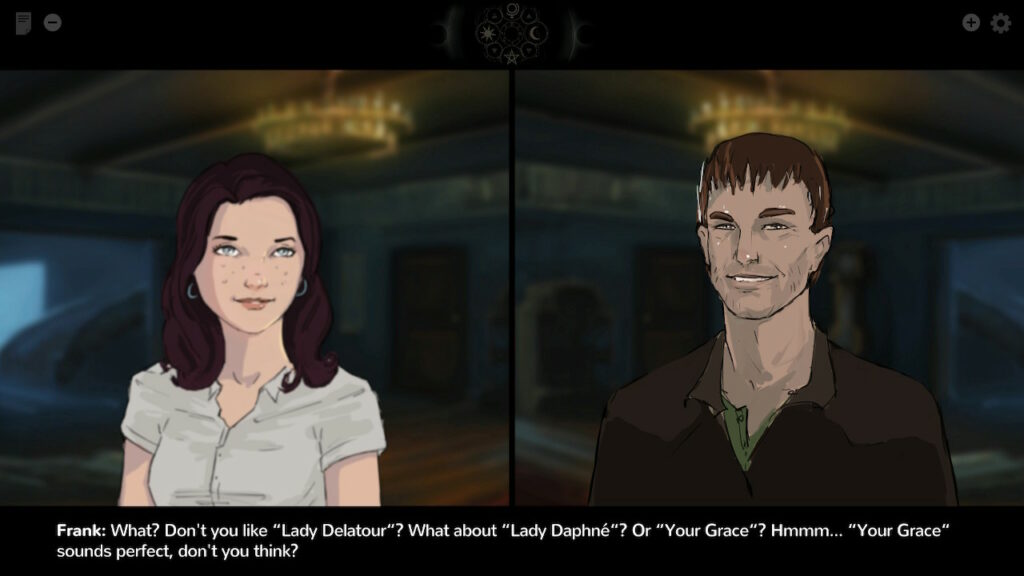
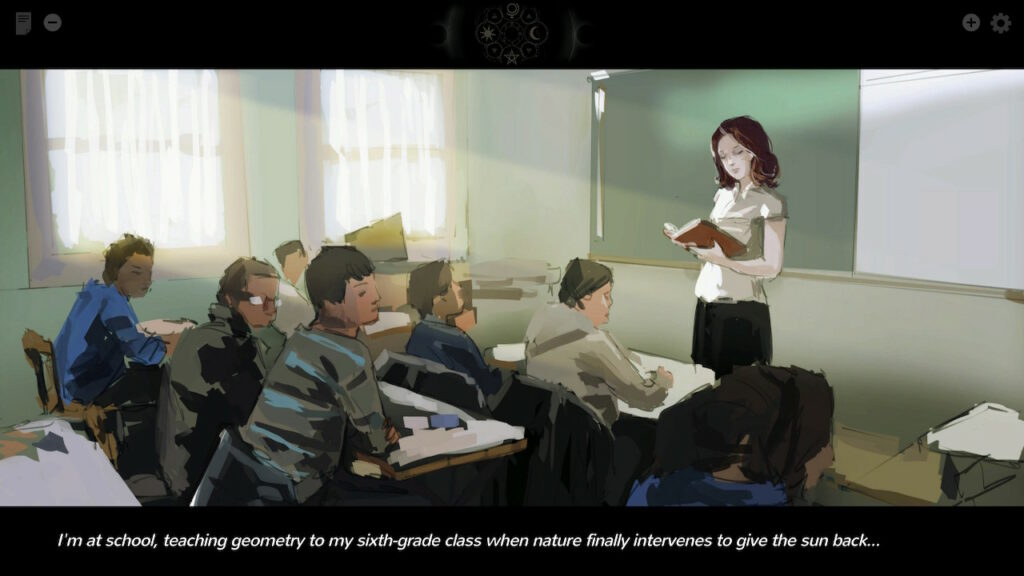




No Comments